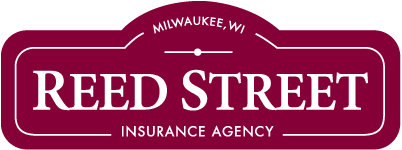From living alone to single-parent households, there are more kinds of households than ever before.
One of the fastest-growing segments is multigenerational households. Out of the 76 million family households in the United States, approximately 4.3 million (or 5.6 percent) were multigenerational households. That represented a 10.5 percent increase from just 2006.
Not sure what a multigenerational household is? Basically, it’s a home that includes at least two adult generations or two nonsequential generations. (For example, grandparents and grandchildren of any age.)
Why the rise in multigenerational households?
 The recession and the subsequent recovery from it is one factor—unemployed ad
The recession and the subsequent recovery from it is one factor—unemployed ad
ults are much more likely to live in multigenerational households than adults with jobs.
Pew Research Center found the long-term increase in multigenerational living is also a reflection of the country’s changing racial and ethnic composition. Asian-Americans were the most likely of the major racial and ethnic groups to live in multigenerational arrangements (27 percent). Meanwhile, one-in-four Hispanics and African-Americans lived in a multigenerational household. By comparison, only 14 percent of non-Hispanic whites lived with multiple generations of family.
Other reasons for the rise in multigenerational households include the fact that m
ore Americans than ever are struggling with health and disability issues and need easy access to caregivers; people are getting married later than ever and choosing to live at home longer; and Baby Boomers increasingly want to provide for their aging parents by moving them in.
Insurance for multigenerational households
Homeowners and auto coverage is designed to protect the person named in the policy and other relatives living in the household. So a multigenerational household is generally covered under most insurance policies. However, families may have more personal property to insure since more people live under the same roof. This could require higher insurance limits.
Also, more people usually means more activity—so households may need to consider higher liability limits to cover something like a guest getting hurt or a stranger tripping over a toy in the yard. One option to consider is a personal catastrophe liability policy (also known as an umbrella policy) that adds an extra layer of protection over your homeowners and auto policies.latest Running Sneakers | Women's Nike Superrep
